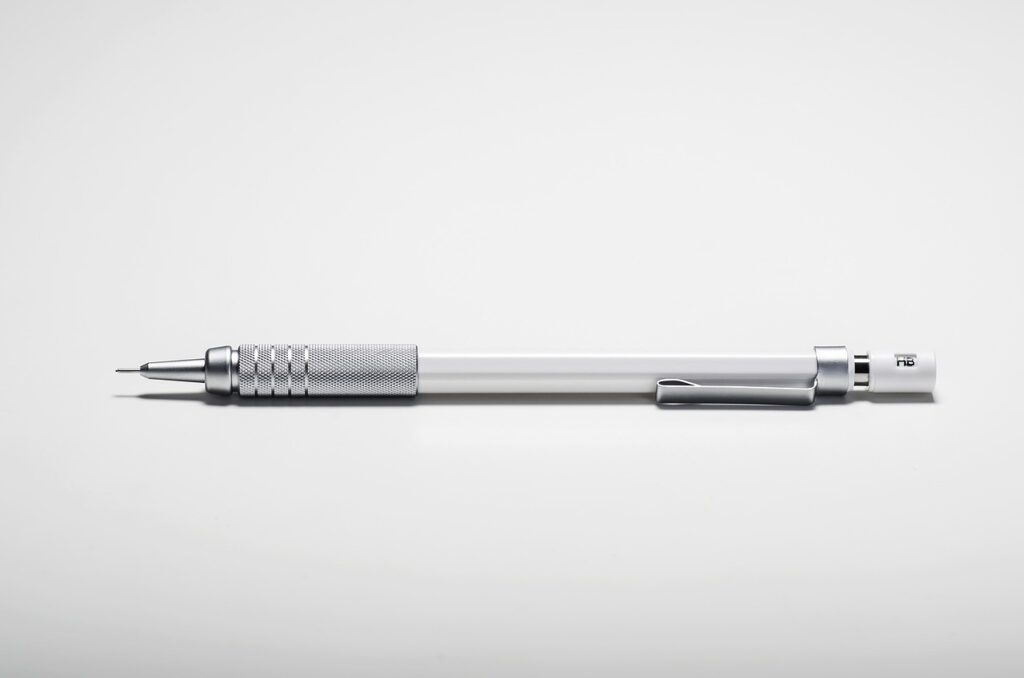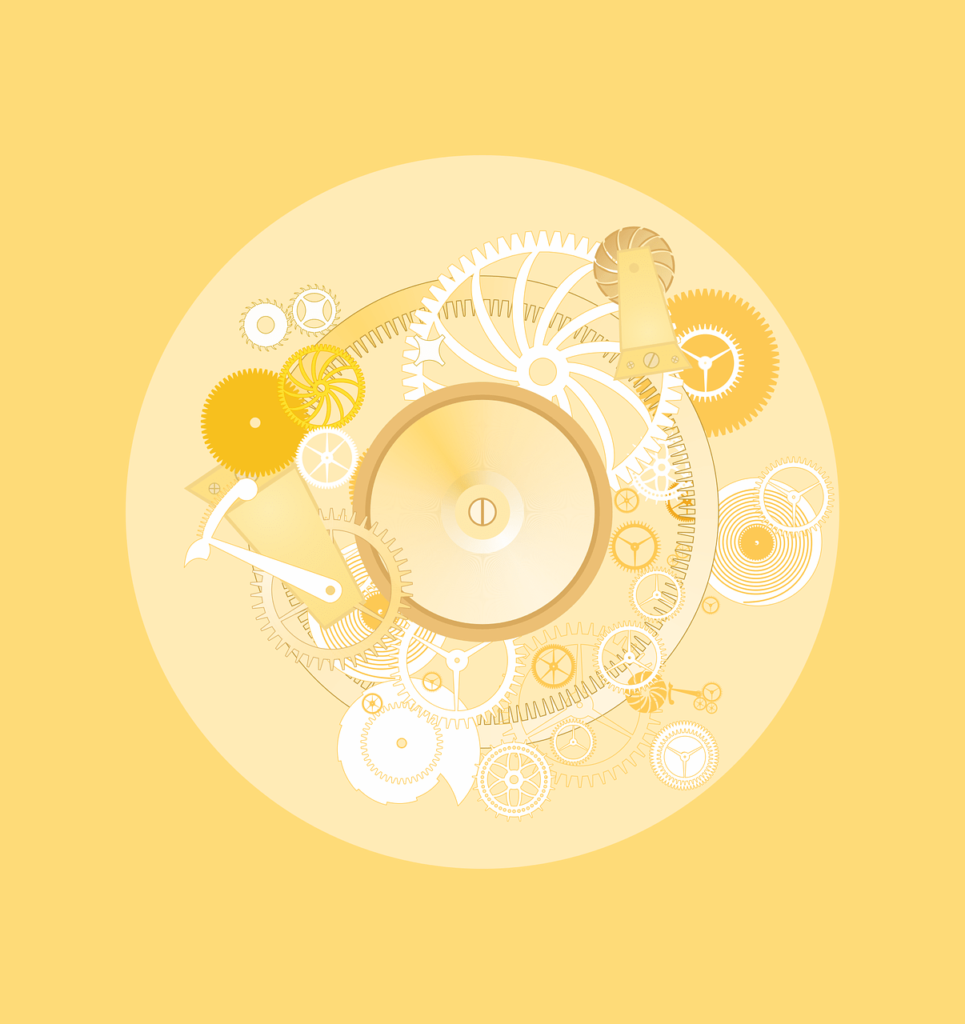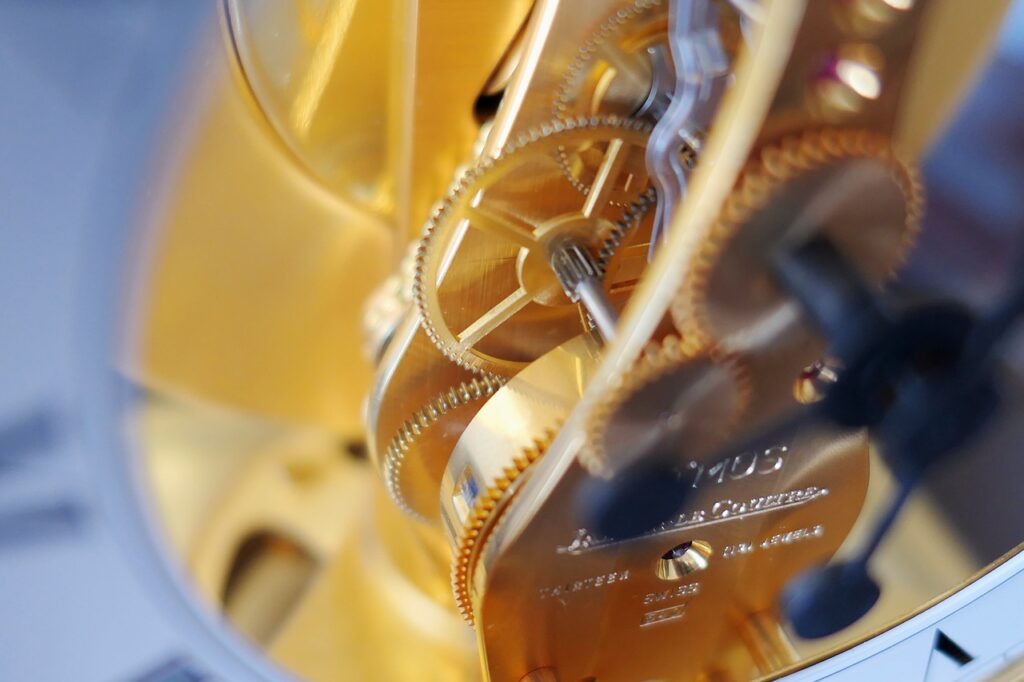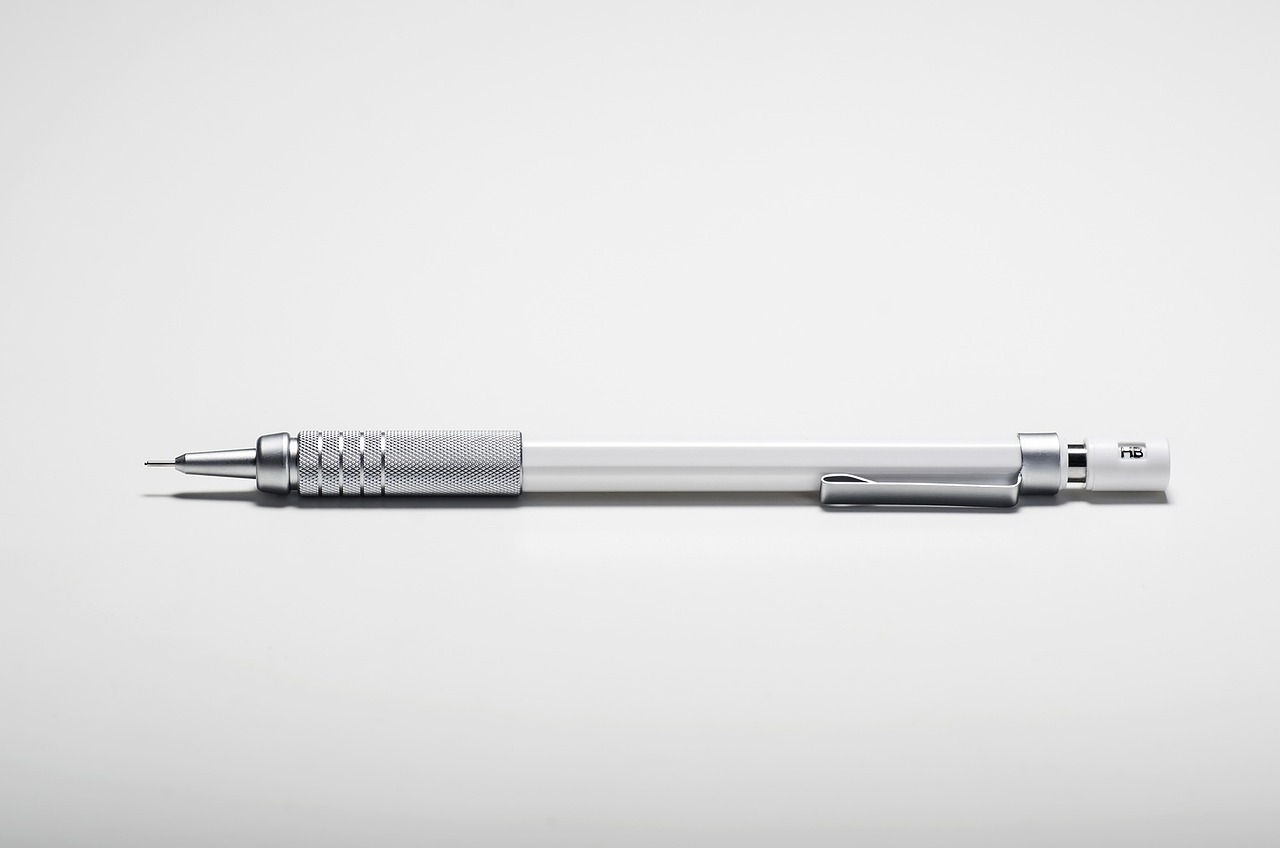How has technology impacted the world of mechanical artwork?
Mechanical artwork has evolved over the years, incorporating various technological advancements to enhance creativity and functionality. From automated movements to intricate designs, technology has played a significant role in shaping the landscape of mechanical artwork. In this article, we will explore the ways in which technology has influenced and revolutionized the world of mechanical art.
The evolution of mechanical artwork
In the early days of mechanical artwork, artists relied solely on manual labor and basic tools to create their masterpieces. However, with the advent of technology, mechanical artwork has transformed into a sophisticated and dynamic form of art. From clockwork mechanisms to robotic installations, the evolution of mechanical artwork has been nothing short of revolutionary.
Automated movements
One of the most significant advancements in mechanical artwork is the integration of automated movements. With the help of technology, artists can now create intricate and mesmerizing pieces that move and interact with their surroundings. From kinetic sculptures to automated installations, automated movements have added a new dimension to mechanical art, captivating audiences and pushing the boundaries of creativity.

Incorporating electronics
Technology has also paved the way for artists to incorporate electronics into their mechanical artwork. By integrating sensors, lights, and sound systems, artists can create immersive experiences that engage the senses and evoke emotion. Electronic components have opened up a world of possibilities for artists, allowing them to experiment with new techniques and push the limits of traditional mechanical artwork.
3D printing in mechanical art
3D printing has revolutionized the world of mechanical artwork, allowing artists to bring their digital designs to life in a tangible and precise way. By using 3D printers, artists can create intricate and complex pieces that would be impossible to replicate with traditional methods. Whether it’s creating custom gears for a clock or designing intricate sculptures, 3D printing has opened up a new realm of possibilities for mechanical artists.

Virtual reality and augmented reality
Virtual reality and augmented reality have also made their mark on the world of mechanical artwork, offering new ways for artists to showcase their creations. By creating virtual environments or adding digital elements to their artwork, artists can enhance the viewer’s experience and create immersive narratives. Virtual and augmented reality technologies have opened up new avenues for expression and creativity in the world of mechanical artwork.
The role of coding in mechanical art
Coding has become an essential tool for mechanical artists, allowing them to create interactive and dynamic pieces that respond to inputs and triggers. By writing code, artists can control the movements, sounds, and visual components of their artwork, adding a layer of interactivity and sophistication. Coding has become a powerful tool for artists looking to push the boundaries of mechanical art and create truly unique and innovative pieces.

Sustainability in mechanical artwork
With the rise of environmental awareness, sustainability has become a crucial factor in the world of mechanical artwork. Artists are now looking for ways to create pieces that are environmentally friendly and ethically sourced. By using recycled materials, energy-efficient components, and sustainable practices, artists can reduce their environmental impact and create art that is both beautiful and sustainable.
The future of technology in mechanical artwork
As technology continues to advance at a rapid pace, the future of mechanical artwork looks brighter than ever. Artists are constantly exploring new technologies and techniques to create innovative and groundbreaking pieces that push the boundaries of what is possible. From artificial intelligence to bio-art, the possibilities are endless when it comes to integrating technology into mechanical artwork.
In conclusion, technology has had a profound impact on the world of mechanical artwork, transforming it into a dynamic and innovative form of art. From automated movements to virtual reality, artists are constantly pushing the boundaries of creativity and exploring new ways to engage with their audiences. The future of mechanical artwork is undoubtedly exciting, with endless possibilities for artists to create truly unique and breathtaking pieces.

